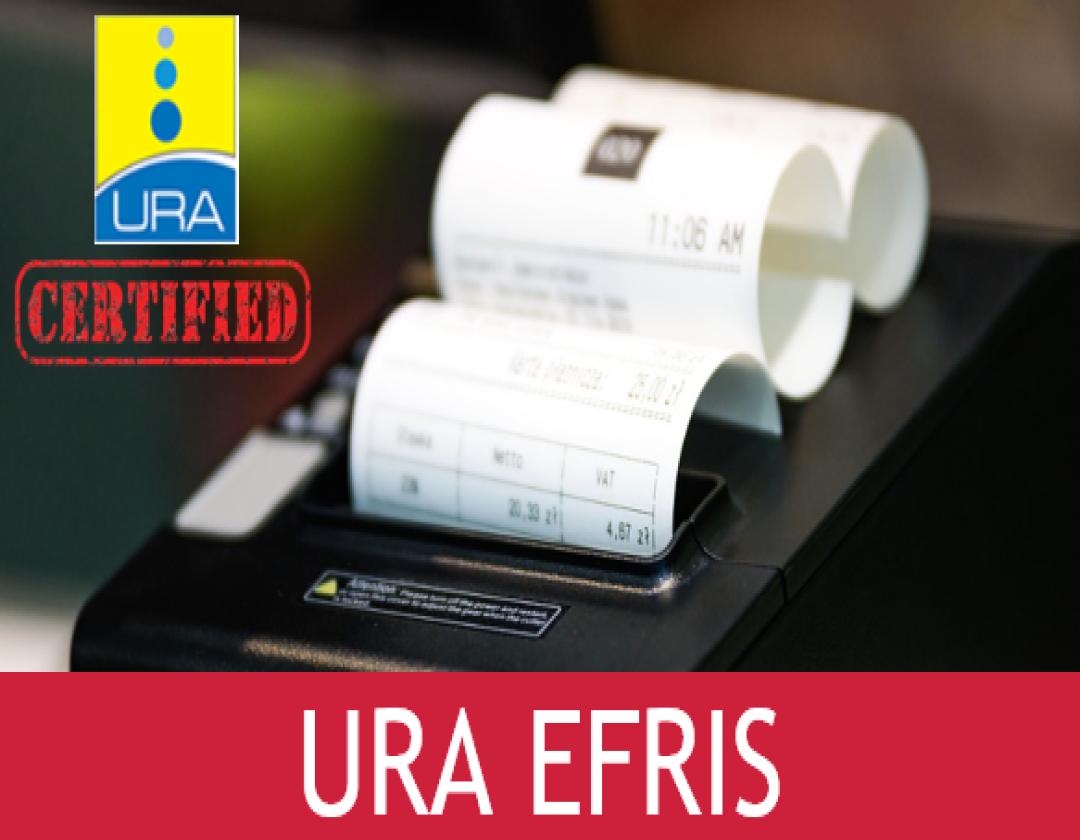It was the early 1990s, and Uganda was buzzing with excitement. The economy was on the rise, businesses were growing, and the government was looking for ways to ensure tax collection kept pace. VAT (Value-Added Tax) had just been introduced, and the Uganda Revenue Authority (URA) had a new task on its hands—getting businesses to comply.
But tax collection back then was nothing like it is today. Picture this: no computers, no online portals, just piles and piles of paper receipts. Businesses submitted handwritten invoices, and tax officers had to sift through them, calculating VAT manually. This led to delays, errors, and inefficiencies, making it clear that a better system was needed.
The Road to EFRIS
URA has been progressively digitizing its operations, starting as early as 2005 with the introduction of systems like eTAX, a platform that allowed taxpayers to file returns and pay taxes online. By 2012, URA had also launched the Taxpayer Registration Expansion Program (TREP), simplifying tax registration for small businesses.
In 2018, URA introduced Digital Tax Stamps (DTS) to track goods like alcohol, soft drinks, and tobacco, ensuring that taxes were paid at each step. This was an essential precursor to the Electronic Fiscal Receipting and Invoicing Solution (EFRIS), which launched in 2020 to further digitize tax collection.
Why EFRIS Was Introduced
EFRIS was developed to combat VAT fraud, especially practices like invoice trading, where businesses created fake invoices to claim excessive VAT refunds. Prior to EFRIS, Uganda’s VAT collections were underperforming compared to other taxes, like Pay-As-You-Earn (PAYE). The introduction of EFRIS allowed URA to track every transaction in real-time, ensuring transparency and reducing the potential for fraud.
But EFRIS also had other benefits. By automating VAT invoicing and linking to accounting systems like QuickBooks and Zoho Books, EFRIS simplifies record-keeping and compliance for businesses. It integrates with existing workflows and reduces the risk of human error.
Initial Resistance and Controversy
Despite these benefits, EFRIS faced significant resistance from traders, particularly in Kampala. In 2023 and 2024, protests erupted, with traders claiming that EFRIS would increase their operational burdens and was being implemented without proper education. Traders expressed frustration, fearing that the system would add to their already high tax obligations.
In response, URA and President Museveni clarified that EFRIS was not a new tax but a tool to enhance fairness by ensuring accurate transaction reporting. The government suspended penalties for non-compliance and focused on educating traders about the system, particularly those in Kampala's Central Business District (CBD), where underreporting was rampant. Museveni even likened EFRIS to a "CCTV camera" that monitors transactions, ensuring tax compliance and preventing fraud.
How EFRIS Helps Businesses
Despite the initial resistance, many businesses have come to see the value in EFRIS. Here’s how:
-
Reduced Fraud: By eliminating manual receipts and automating the VAT reporting process, EFRIS helps reduce VAT fraud, ensuring that every transaction is accounted for.
-
Streamlined Compliance: EFRIS simplifies VAT returns, particularly for small and medium-sized enterprises (SMEs). The system does the work of calculating VAT owed, reducing the need for manual calculations.
-
Increased Efficiency: EFRIS automates transaction reporting, which saves businesses time and effort. Instead of manually submitting VAT returns, businesses can focus on their core operations.
URA’s Broader Digital Transformation
EFRIS is part of a larger strategy by URA to modernize tax collection. In addition to EFRIS and DTS, URA has introduced several digital systems, such as Customs Online Tracking and URA Mobile, to facilitate taxpayer engagement and compliance.
URA’s push for digital transformation is not unique to Uganda. Countries like Tanzania and Rwanda implemented similar systems before Uganda, and their successes likely inspired URA to roll out EFRIS. Both countries have seen improvements in VAT compliance, and Uganda aims to replicate these results by fully adopting EFRIS.
Conclusion
From handwritten receipts to real-time digital reporting, Uganda has come a long way in modernizing its tax collection processes. EFRIS represents a significant step forward, offering businesses an easier way to comply with VAT regulations while helping the government reduce tax fraud.
Though initially met with resistance, the benefits of EFRIS are clear. As more businesses adopt the system and URA continues its educational efforts, Uganda’s tax ecosystem will become more efficient and fairer for everyone involved.



